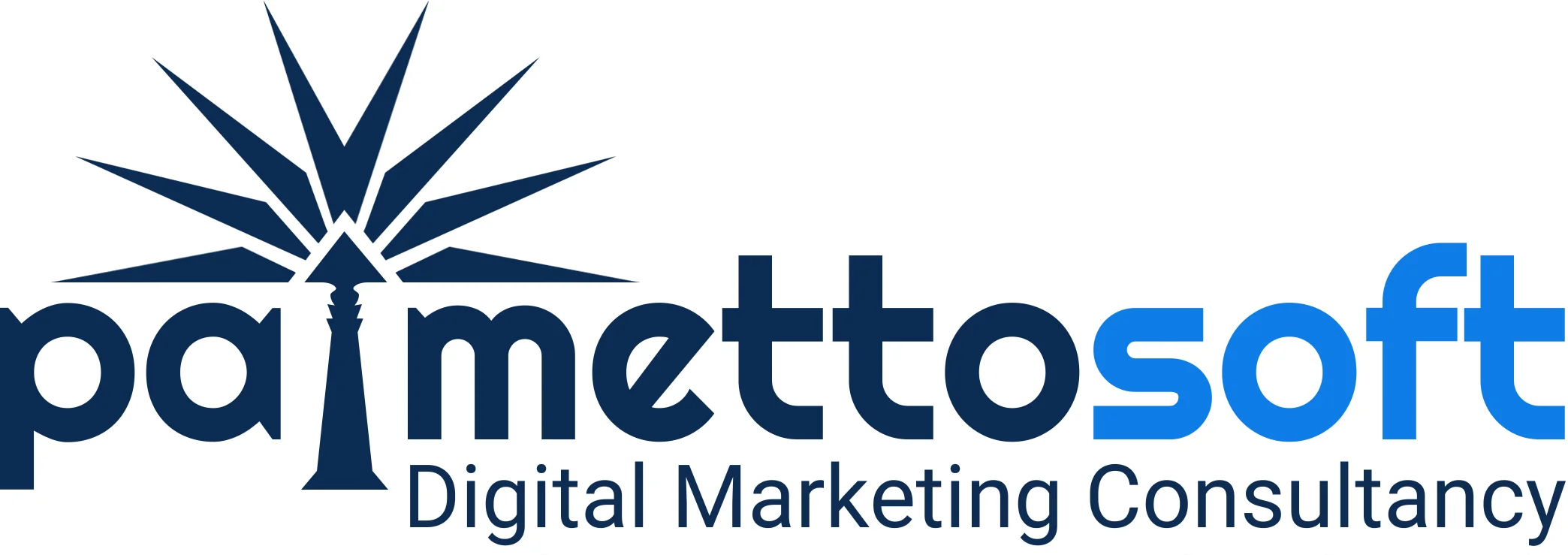Analysis, Implementation, Tracking, Reporting
*REPORTING*
Tracking return on investment (ROI) is difficult to do, but can be done.
According to a recent industry report (see page 88), tracking ROI is the #1 challenge for SEO firms. Unless the website features an E-commerce shopping cart, leads must be tracked within the
client’s day to day business at some level. For example, when a visitor arrives on the customer’s website via a search engine,
they basically have several options: 1. Email the client 2. Call the client (toughest to track). 3. Leave the website.
Email form
At minimum, a website will need to feature a simple email form (5-6 fields) on the Contact page. This is a conventional and accepted way to contact someone. For better clarity, more fields can be added, but longer forms tend to be filled out less, so you need to be very careful in not asking too many questions and/or making too many fields required. I always recommend making the name, email address and telephone number mandatory—otherwise you probably don’t want to deal with them anyway. Since email forms store data, this can be a simple first step in tracking a lead from a website. In the background programming, when an email is sent to a designate client email address, a carbon copy (cc) can also be sent to the individual or system tracking ROI.
Telephone calls
This is the most difficult lead to track because some form of “system” must be created within the customer’s business to track inbound calls from the website. If the business is small, the office personnel should ask “how did you hear about us?” and track the responses in a simple online database for later review. Typically, only a few pieces of information are needed such as the person’s name, business, basic contact info and nature of call. In a larger business with many inbound phone lines, a unique website telephone number should ring to a particular person trained to answer the call and track the information.
Website visitors leaving the site
I still get asked all the time “I want to capture the person’s information while they are on my site.” Good luck on that one because you may as well be painting the bottom of a swimming pool while it’s full of water. Unless the website visitor is “behind” a unique IP address, such as a large company or agency, you won’t know “who” is actually on your website. To make things more confusing, Internet service providers (or ISPs) may have thousands of people using their (1) IP address and it will look like, for example, that Comcast Cable was on your site last week. The best method for “capturing” visitor data on your website is to make the site highly usable and aesthetically pleasing with clear and compelling content. “If you build it, they will come.” –Field of Dreams
Summary
Tracking ROI is mainly difficult to do because it requires some client involvement and in interaction with the SEO firm. In many instances, the client thinks they have more important things to do rather than mutually assist in their overall success (wink). Before I ever begin an SEO program with a client, I ensure they have proper “buy in” at the highest level. When this occurs, the program runs more efficiently, more effectively and the customer realizes the value of their SEO program. This understanding tends to lead to higher client profits and larger campaign spends.
About the Author: Rhett DeMille, the owner PalmettoSoft LLC, is a leading search engine optimization consultant located in the Charleston SC area.









